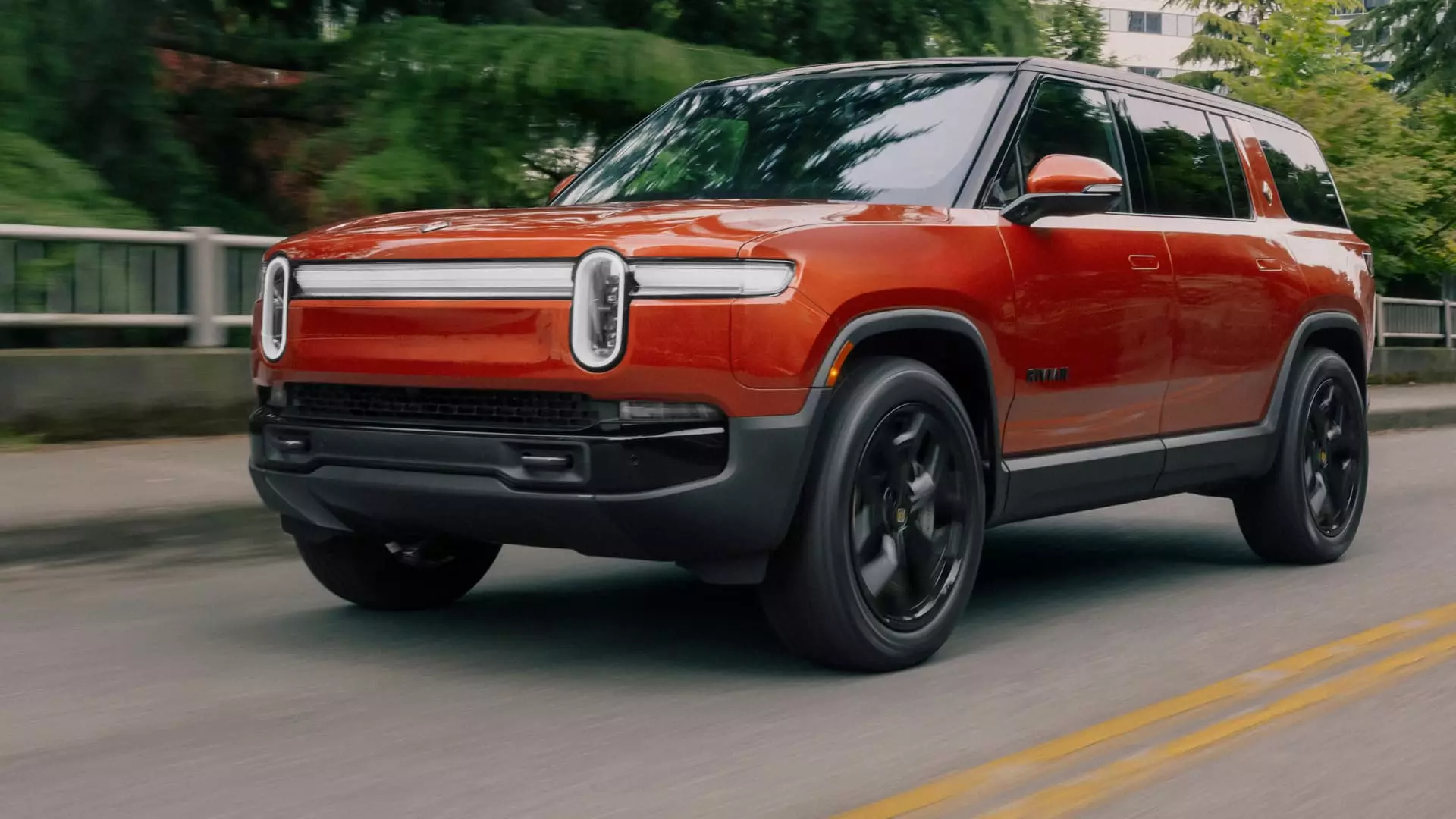Rivian Automotive announced the redesign of its all-electric R1 pickup and SUV models to enhance range, performance, and computing power with the assistance of Nvidia chips. Even though the outward appearance of the 2025 model-year vehicles remains largely unchanged from the current models, Rivian has made significant improvements under the hood. The company disclosed that it has revamped over half of the hardware components for the second-generation products and reengineered the batteries and electrical systems, which serve as the brains of the vehicle.
Enhanced Computing Power
One of the most substantial updates to the new vehicles is the increased computing power. According to Rivian, the new system provides 10 times more performance than the previous version. This upgrade includes the implementation of dual Nvidia DRIVE Orin processors to power the “Autonomy Compute Module,” which supports driver-assistant features. Additionally, Rivian is offering a “premium version” of the system with expanded capabilities, including hands-free driving for specific durations. Despite this, drivers are still required to remain attentive to the road at all times.
In an effort to boost sales of its flagship models before rolling out more affordable “R2” models, Rivian has introduced the updated 2025 R1S and R1T models. The company is anticipating that the R2 models, priced at approximately $45,000, will commence shipping in the first half of 2026. The introduction of less expensive vehicles is crucial for Rivian’s expansion as demand for its current models has slowed down amidst a sluggish market for electric vehicles. To mitigate capital expenditures, Rivian has implemented various cost-cutting measures, including reducing headcount, operational expenses, and reconfiguring its Illinois plant for improved efficiency. Furthermore, the construction of a new facility in Georgia has been put on hold, resulting in savings of $2.25 billion.
Despite these strategic maneuvers, Rivian continues to face financial challenges. The automaker has been grappling with significant losses and cash burn rates. In the first quarter of the current year, Rivian reported a loss of $1.45 billion, which has negatively impacted its stock performance. Year to date, the company’s shares have declined by approximately 50%. As part of its turnaround strategy, Rivian aims to bolster its competitive edge in the electric vehicle market through technological advancements and operational optimizations.
The latest iteration of the R1S and R1T models introduces several enhancements, such as improved battery packs that utilize a “2170 cylindrical cell” configuration. The battery enclosures now incorporate large high-pressure die castings to streamline manufacturing processes and reduce overall weight. For the tri- and quad-motor variants, Rivian has developed new drive units in-house. The top-end quad-motor model boasts impressive performance metrics, delivering up to 1,025 horsepower and 1,198 pound-foot of torque with Launch Mode, enabling 0 to 60 mph acceleration in just 2.5 seconds. Furthermore, both vehicles feature redesigned and luxurious interiors, along with a fully updated software interface. Charging capabilities have also been upgraded, with the ability to add up to 140 miles of range in approximately 20 minutes.
Rivian Automotive’s collaboration with Nvidia and the unveiling of its upgraded R1 electric models demonstrate the company’s commitment to advancement and innovation in the electric vehicle sector. By prioritizing performance, technology, and affordability, Rivian seeks to solidify its position as a key player in the rapidly evolving automotive industry.

Leave a Reply